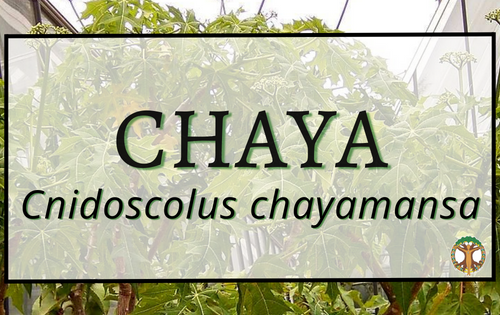
Chamomile
Contributor: Kelsy Provost, Current Community Herbalist Program Student
Latin Name: Chamaemelum nobile (Roman chamomile) and Matricaria chamomilla (German chamomile)
Common Names: chamomile, manzanilla, pineapple weed, earth apple
Family: Asteraceae
Family Habitat: Chamomile is highly prolific and grows well in temperate climates. Annually, this plant grows to about two feet. She has feathery leaves and delicate stems. The flowers are small and daisy-like, with a yellow cone and tiny white flowers.
Parts Used: Flowering tops
History/Tradition: Chamomile’s common name, earth apple, refers to the sudden and enticing smell that arises when the flowers of this plant are crushed beneath your feet.
Many cultures have used this herb medicinally due to its potent medicinal qualities. Roman chamomile and its close relative, German chamomile, share many of the same benefits.
Chamomile has been a well-respected medicinal herb for as long as the field has existed. It’s been recorded as a favored herb in ancient Egypt, Greece, and Rome. It was also popular during the Middle Ages to relieve symptoms of fever, inflammation, asthma, colic, nervous complaints, nausea, and skin concerns.
Chamomile is also a popular herb used in Mexican and Puerto Rican cultures, where it’s called “Manzanilla.”
Energetics: Dry • bitter • sweet • neutral temperature
Systems: Nervous • Digestive • Musculoskeletal • Respiratory
Actions: Relaxing nervine • soothing tonic • anti-inflammatory • anti-spasmodic • allergy relief • mildly sedative • aromatic bitter • menstrual cramp relief • eases tension headaches • sleep aid • skin support • carminative • diaphoretic • vulnerary
Cautions: Generally considered safe, but you should avoid use if you have allergies in the Aster family. Some medications may be contraindicated, so verify with your doctor before using them.
Constituents: Terpenoids, flavinoids, and mucilages
Culinary Use: Chamomile makes a lovely, slightly sweet tea when brewed for around 5 minutes. When brewed longer and stronger, the flavor profile becomes less sweet but can be a more potent aid to soothe symptoms.
Want to Know More? Watch the Video Plant Profile with Emily Ruff!
Other Uses: This herb can be used as a skin rinse or added to baths to help relieve itching from mild rashes. Chamomile can also be used as an infused oil, a tincture, or a glycerite.
Disclaimer: This content is intended for educational purposes only. Please consult your healthcare provider before making changes based on the material.
References:
https://www.herbrally.com/monographs/chamomile
https://enchantersgreen.com/chamomile
http://heritagegarden.uic.edu/german-chamomile-matricaria-recutita
https://www.herbalremediesadvice.org/chamomile-benefits.html






